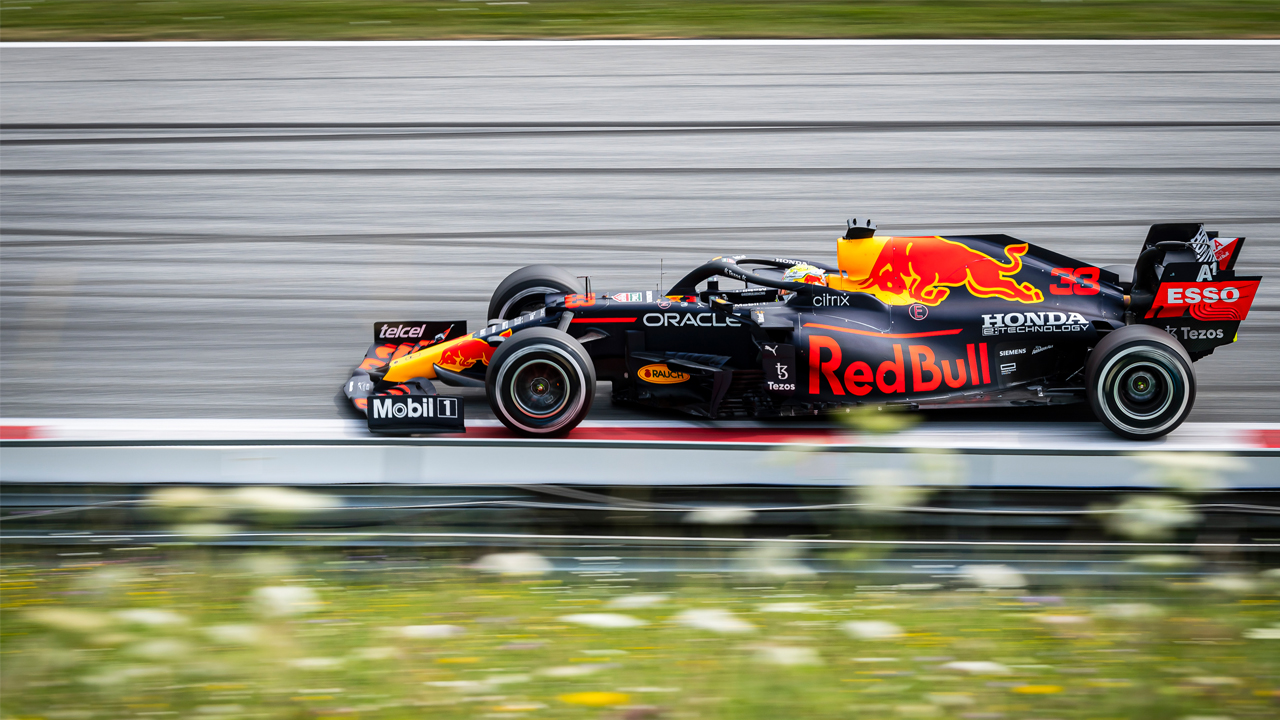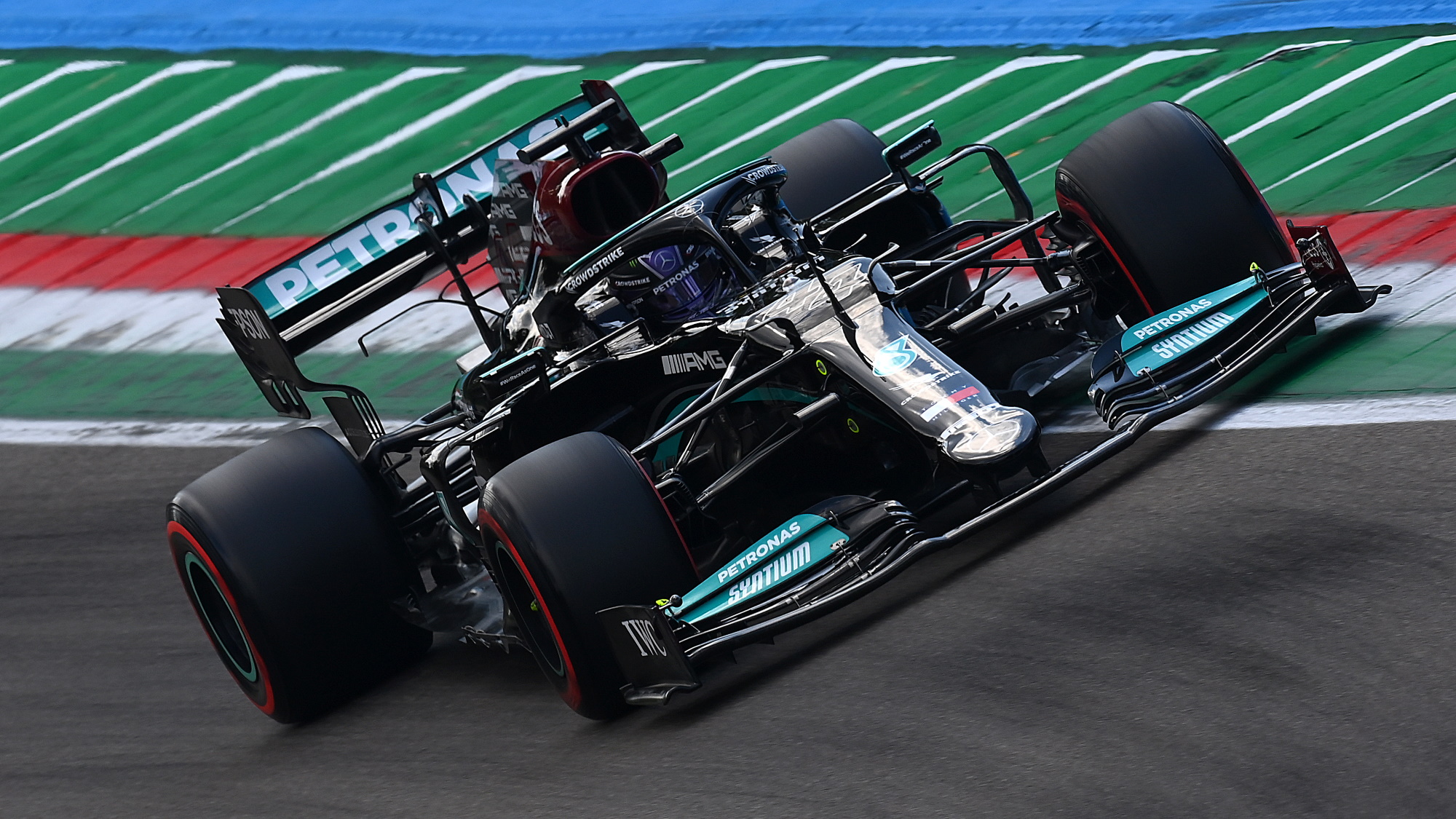F1 Sprint is back for the second year in a row, and while many of us may be somewhat sceptical – F1 is a sport steeped in history and tradition, after all – it certainly wasn't an absolute disaster last year. For those not in the know, though, F1 Sprint could come across as a rather confusing prospect.
As the first change to the qualifying process since 2016’s short-lived and widely disliked Elimination Qualifying, F1 Sprint does seem to have its fans. But to decide which side of the fence you are, you're going to have to first fully understand what it is.
So, if you’re not yet well-versed in this F1 update, here we’ll be explaining exactly what F1 Sprint is, who gets Pole Position, how it differs from the system we’re used to, and how to watch an F1 live stream to catch F1 Sprint on the day.
What is F1 Sprint?
Regular qualification for a Grand Prix works on a knockout basis over three rounds, all held on a Saturday.
All drivers take part in the first session, and the slowest five take places 16-20 on the final grid. The remaining 15 drivers take part in the second session, with grid spots 11-15 again taken by the slowest five. The last session sees the fastest 10 drivers compete for Pole Position, and the subsequent grid spots 2-10.
When Sprint Qualifying is on the cards, regular qualifying will still be held – although it will be moved back to Friday (in the place of Practice 2) and will determine the starting grid for F1 Sprint which takes place on the Saturday, in the place of regular quals.
F1 Sprint will take place over a single session. All drivers will race for 100km around the circuit in question, and their finishing positions in this shorter race will determine their spot on the final grid. The short length is intended to provide a flat-out, exciting race for both drivers and spectators, in which teams won’t have to contend with pit stops for fuel or tyres.

How has F1 Sprint changed from last year?
The general format of F1 Sprint has stayed much the same, but there are a few tweaks to make the races more impactful and competitive.
The biggest change is the fact that the Sprint race is now much more lucrative for drivers in terms of points. Last year, the top 3 drivers were awarded points – 3 for first, 2 for second, 1 for third. Now, though, the top 8 drivers are awarded points, ranging from 8 points for first to 1 point for eighth.
Who gets Pole Position in F1 Sprint?
Last year, the winner of Qualifying started first for F1 Sprint, and the winner of F1 Sprint started on Pole Position in the GP.
Now, due to fan reaction to the title of 'Pole Position' being given to a driver who hadn't performed the single fastest lap around the circuit, arguably devaluing the term, during an F1 Sprint week a driver can hold Pole Position and not start the GP proper at the very front of the grid.
Qualifying in first position will see a driver awarded Pole Position, and they will also start first in F1 Sprint. However, if another driver wins F1 Sprint, they will start P1 on the grid on Sunday, but the winner of Qualifying will retain 'Pole Position'.

Where is F1 Sprint Qualifying being held in 2022?
This year, F1 Sprint will be held at Imola, for the Emilia-Romagna GP, at the Red Bull Ring, for the Austrian GP, and at Sau Paulo's Autódromo José Carlos Pace, for the Brazilian GP.
F1 Sprint has never been held at either Imola or Red Bull Ring, but returns for a second time to Brazil.
How to watch Sprint Qualifying
To watch the second ever run of F1 Sprint Qualifying, you’ll need to get yourself a live stream. To find out global viewing options, we highly recommend checking out our how to watch the Italian Grand Prx article, which outlines global viewing options.
If you’re outside your home country when the Grand Prix is held, you may find that you can’t access your regular streaming service you use to watch the F1. However, there’s a neat trick to get around this – using a VPN.
All you need to do is sign up to a quality VPN – our first choice is ExpressVPN – and then change your location to back home. So, for example, if you’re currently in the US and want to catch the coverage on Sky Sports, all you need to do is select a UK server on the VPN, head over to the website, and start watching.
- More motor sport: check out how to get a MotoGP live stream
No comments:
Post a Comment